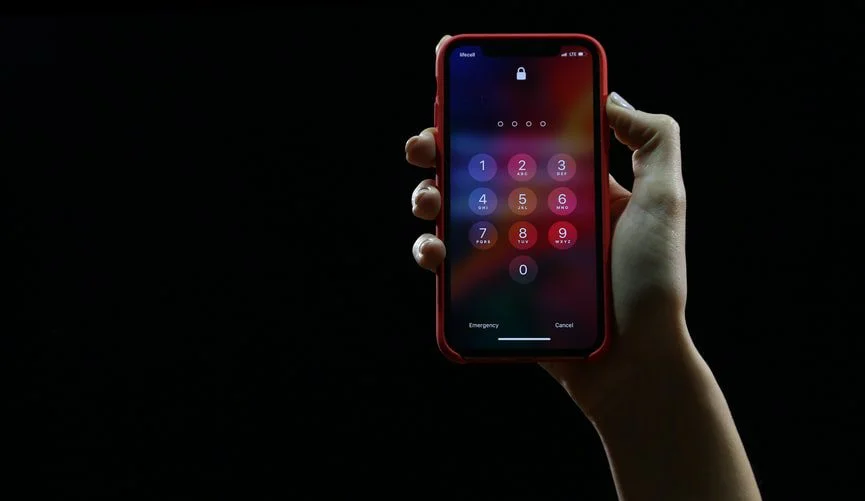The Problem With Passwords & How You Can Begin Securing Your Passwords

Introduction
Passwords, those strings of letters and numbers that you use to log in to your accounts, are the most vital part of account security. An account without a strong password is an account begging to be breached. Unfortunately, many users refuse to use strong passwords.
According to a 2019 report published by Breach Alarm, cybercriminals steal over 1 million passwords a week! Data breaches and weak passwords are among the top reasons why so many people’s passwords are leaked, stolen by your everyday cybercriminal.
Companies know how vital a strong password is to the average user, which is why many have begun advertising other security tools that promise to help users keep their accounts secure. For example, many companies are starting to offer two-factor authentication options. Today, let’s go over a couple of tools that will help you secure your passwords and, by extension, your accounts.
Tools to Secure Your Passwords
Two-Factor Authentication
The first official two-factor authentication was created in 1986. The RSA company sold a key fob that contained an LCD screen. This screen would display a code that users would append to the end of their passwords, which would grant them access to their accounts/devices.
Today, two-factor authentication (2FA) is much more simple but just as important. So what is two-factor authentication—its modern iteration? Simply put, users can request a one-time code to be sent to their phone number via text, email address, or a 2FA app like Authy whenever they attempt to log in.
2FA protects your accounts against hackers that have your password but have zero access to your phone or email. In other words, 2FA acts as a safeguard in the case a cybercriminal attempts to hack your account and gives you enough time to change your password.
Password Managers (Lockers)
Password managers—also referred to as password lockers—act as a central hub for all of your passwords. The idea is that this encrypted hub helps users organize their passwords by site, but that has all of their passwords in one location and encourages users to create stronger, hard-to-remember passwords. To help achieve this goal, most modern password managers offer free password generators that users can adjust to fit their needs, such as being able to adjust the length of the password generated.
Is there a catch? Not really! Password managers have proven to be safe for all users. The only caveat is that you’ll need to create a “master password” for the password manager. Forget this, and you run the risk of losing access to your passwords. Create a simple password for it, however, and it’ll be easy for cybercriminals to hack their way into your password manager.
Security Tools to Further Secure Your Accounts
Virtual Private Network
A VPN has two jobs: encrypt the data the user’s device sends out and anonymize the user’s presence on the network. VPNs are fantastic tools, but how exactly do they relate to passwords?
How many of you reading this use a public network? It should be no surprise that public networks are notoriously insecure, lacking little if any, security protocols. Public networks lack security because they have to; they need to allow guests to connect to the network at any time.
Public networks’ accessibility mixed with their lack of security measures means that there is nothing stopping cybercriminals from hopping onto a public network, targeting an unsuspecting user, then stealing their data over the network. And yes, that data includes passwords.
Using a VPN encrypts your data, resulting in a cybercriminal’s inability to steal your passwords.
Anti-Malware Software
Naming every type of malware would require an entire, separate article. So for the purposes of simplicity, let’s focus on one type of malware: keyloggers.
Keyloggers are designed to record the keystrokes of affected users, log those keystrokes, then send the logs over to the criminal responsible for infecting the user’s machine. The criminal can then use the keystrokes to map out passwords, credit card information, and vice versa.
Keyloggers are not resource-intensive, meaning that you will likely never notice a keylogger on your system without a program designed to locate keyloggers, like an anti-malware program.
Anti-malware programs help identify any threats on your device, whether the threat is a simple case of adware or an intrusive keylogger. They’re not that resource-intensive, either, so there’s virtually no downside to downloading one.
Privacy Badger
The majority of company-owned websites use trackers to gather data about you. But cybercriminals can also create their own website trackers that follow your online activity. Either way, your personal data is at risk. This is where Privacy Badger comes in.
Privacy Badger is a browser add-on that disables website trackers, keeping your online activity anonymous from advertisers, corporations, and cybercriminals. The only catch is that using Privacy Badger can mess up aspects of some websites, but these problems are few and far between.
Conclusion
Passwords are a vital part of cybersecurity, and fortunately, there are plenty of ways to secure your passwords, along with your general online activity.
